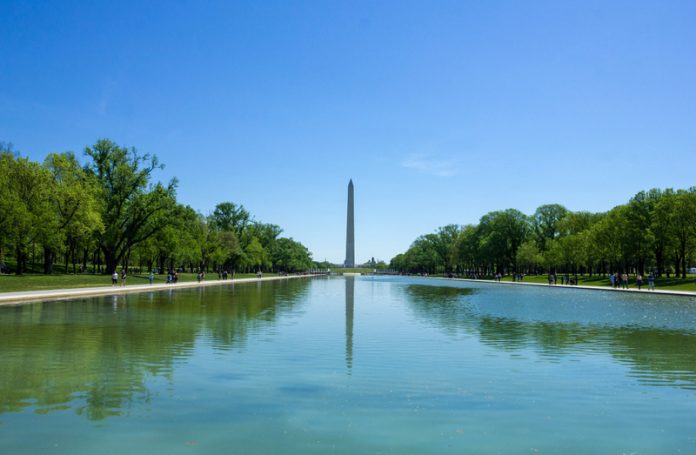Amid news of the billion dollar settlements pharmaceutical companies are paying out and a slight decline in fatal overdose deaths for the first time in nearly 30 years, the Substance Abuse and Mental Health Services Administration (SAMHSA) updated its old, somewhat arcane treatment locator website.
FindTreatment.gov is an easy to navigate directory of about 13,000 state-licensed treatment facilities across the country. The site also allows users to search for the specific kind of treatment they’re interested in, such as medication-assisted treatment, detox, residential programs and telemedicine among others.
“When someone opens up about their struggles with addiction,” Jim Carroll, the director at the White House Office of National Drug Control Policy, said in a statement, “it’s critical that they and their loved ones have the right resources to quickly find help, and that’s exactly what this treatment locator aims to provide.”
In designing the website, government officials took into account feedback from more than 300 visitors to the site and interviewed 60 people in recovery, along with their family members, and some medical providers.
In addition to being able to search for treatment facilities, visitors to the site can also toggle through sections of the site that offer other helpful information, including:
- Understanding Addiction, which provides a primer on the signs of addiction
- Understanding Mental Health connects the fact that many people struggling with substance abuse are also dealing with a mental health issue that may also need to be treated
- Paying for Treatment is a section that makes clear that health insurers and group plans must provide equal benefits for substance abuse and mental health treatment services as they do for medical care. The site also says, “Don’t let money stop you from finding treatment,” and provides a link to a Health and Human Services insurance help tool
In a phone call with reporters, HHS Secretary Alex Azar praised the new locator tool and suggested the site will increase the “quality and supply of treatment providers.”
Not everyone in this area of healthcare is convinced.
“I think it’s a step in the right direction,” Dr. Scott Krakower, a psychiatrist at Zucker Hillside Hospital in Glen Oaks, N.Y., told ABC News, “but again it’s just a server with better filters.”
Krakower added that the government’s new locator tool won’t solve issues around the relative lack of treatment providers in rural areas, provide extra waivers for clinics that are already struggling and understaffed or, perhaps most important, encourage physicians to get better educated and more comfortable with medication-assisted treatment for opioid use disorder.
One hurdle to medication-assisted treatment for opioid addiction is that the government requires physicians who want to use proven medications like Suboxone, a mix of naloxone and buprenorphine, go through additional training, get a special license and allow the Drug Enforcement Administration access to their patient records.
Keep in mind that any practicing physicians can still prescribe highly addictive and potentially deadly painkillers like oxycodone and fentanyl without any extra training at all.
“That doesn’t make sense to us, especially as our country is in the midst of an overdose epidemic,” write Dr. Kevin Fiscella and Dr. Sarah Wakeman in a STAT News opinion piece about deregulating buprenorphine.
The current administration’s move to make searching for addiction treatment easier is an overall positive. Some health care experts, though, say the small decline in drug deaths, from 70,000 in 2017 to an estimated 68,000 in 2018, is more about the increased number of prescriptions for the overdose-reversal drug naloxone than anything else.

















